A new report highlights the UK sheep farming industry’s “positive role” in sustainable agriculture.
It also seeks to identify what more can be done to progress the sector and further boost its green credentials.
The report is entitled “UK sheep farming and the sustainability agenda: A review of the evidence and ways to deliver more”.
A summary document was unveiled at today’s Sheep 2024, event, organised by the National Sheep Association (NSA), in Malvern, Worcestershire.
Tent packed for official launch
Sheep farmers, industry experts and policymakers packed a tent for the official launch.
NSA chief executive Phil Stocker said: “This fully evidenced report shows the incredible contribution the sector makes to successfully managing land for food production, environmental outcomes, biodiversity and more.
“The UK approach to farming sheep aligns with sustainable, regenerative interests in both uplands and lowlands.
“Our livestock are free to enjoy a life close to nature, whilst farmers are increasingly focused on reducing inputs, striving towards responsible medicine use and management practices that will sequester carbon and deliver for a healthy, biodiverse environment.”
Mr Stocker added: “There is more we need to do. The report outlines what can be done by sheep farmers, but also the support mechanisms required to best ensure this can be achieved.
“It shows UK sheep farming has a sound base to remain sustainable for the future – producing fantastic nutritious food and renewable fibre, and leaving in its wake an attractive environment enjoyed by all.”
There is more we need to do.” Phil Stocker, chief executive, National Sheep Association
The full report is available online at nationalsheep.org.uk
It pinpoints four key pillars for sustainable sheep farming – environment, economics, health and society.
Case studies featured in the document include two Scottish sheep farmers.
Perry Parkinson is a first generation farmer managing commercial ewes over 750 acres of arable and grassland in lowland Stirlingshire.
A trip to New Zealand, where he witnessed the negative effect of resistance by sheep worms to anthelmintic (antiparasitic) drugs, inspired him to change his farming practices.
More natural dung is putting the ‘goodness’ back into arable rotations
Reduced use of worming products slows down resistance, while lambs are reaching their target weights quicker, Mr Parkinson said.
He added: “We have really cut down our anthelmintic use and are already seeing the benefits.
“We’re not only reducing additional costs on farm, but reducing the amount of chemicals expelled in sheep dung, reducing the rate at which resistance develops and putting goodness back into arable rotations, which in turn reduces the need for chemical fertilisers.”
Lorraine Luescher has 3,000 ewes over 5,400 acres in the Scottish Borders.
Good use of preventative medicines, together with traditional farming methods adapted to modern challenges, delivered “excellent” flock health, she said.
She added: “I run hefted hill sheep flocks, with an emphasis on high welfare. This type of extensive grazing system is the ultimate sustainable farming solution for less productive ground, with benefits to landscape, habitats and biodiversity, and to economic activity often in remote areas.
Nesting habitats
Low impact grazing helps delicate plant species and soil preservation, supporting carbon storage. Meanwhile, well-maintained stone walls provide nesting habitats for birds as well as shelter for sheep.
The practice of hefting sheep has been used for centuries.
Ms Luescher added: “The proactive approach to flock health and welfare is what singles my system out.”
NSA’s new report was produced in association with Harper Adams University School of Sustainable Food and Farming.
The university’s Professor Jude Capper said: “Sheep production is an incredibly important component of UK agriculture and has shaped most of the landscapes in which we live and work.
“At a time when the sector is beset by economic, environmental and social challenges, there’s a real need to recognise and celebrate the myriad benefits that sheep production provides.”
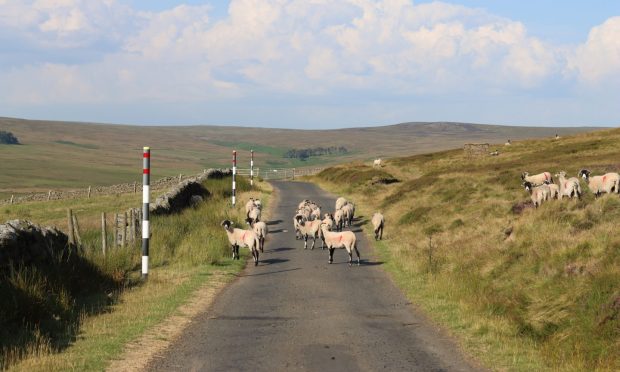
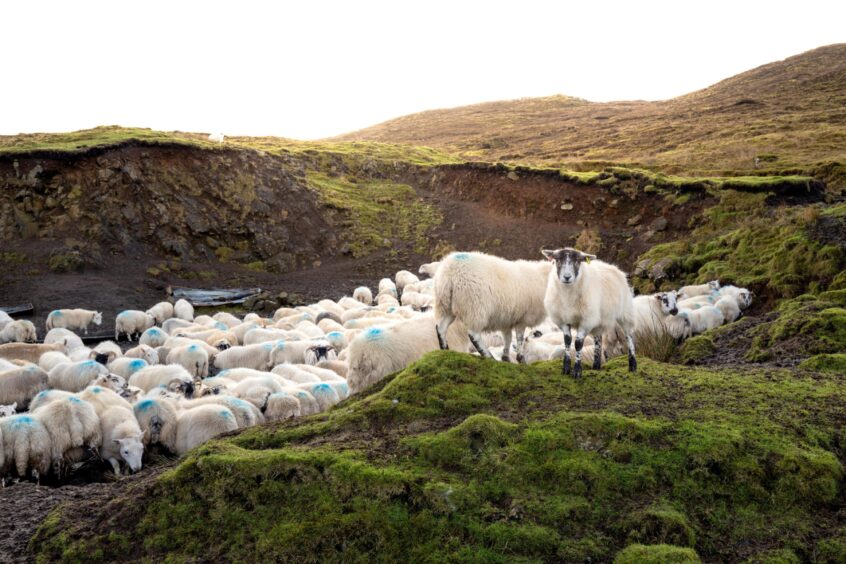
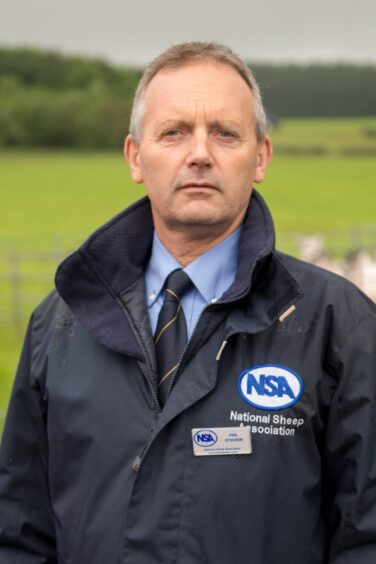

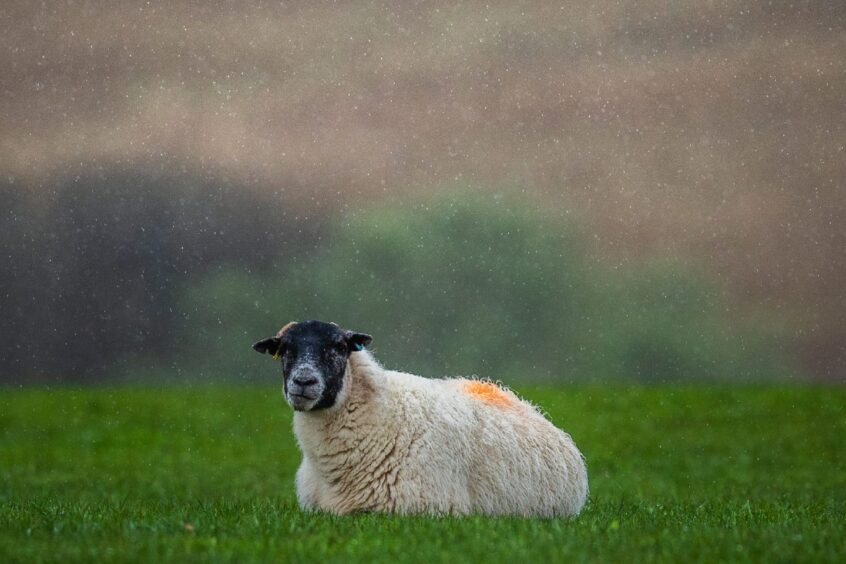
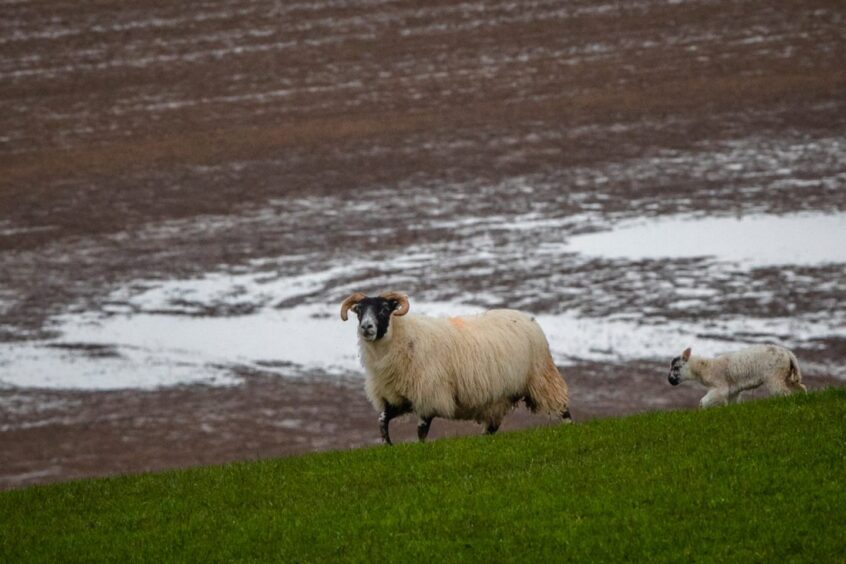
Conversation